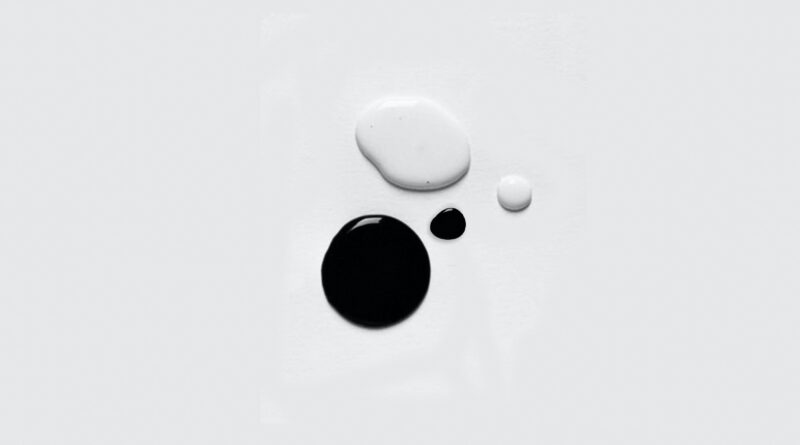Hokuro (ほくろ – Mole)
I have several ほくろ (hokuro) on my face, palms, and body, etc.
ほくろ
“Hokuro” refers to a black spot on the body surface formed by gathering melanin pigments (ie “mole”).
私は顔や手のひら、お腹などに、幾つかの「ほくろ」があります。
In the past, this word was ははくそ (hahakuso).
「ほくろ」とは、メラニン色素が集まってできた、黒い斑点のことを指します。
はは (haha) means “mother” and くそ (kuso) means “excrement,” so the literal meaning of its combination is “mother’s excrement.”
かつてこの言葉は、「ははくそ」と呼ばれていたそうです。
That is to say, Japanese people thought that moles were excrements adhered in mother’s body.
「はは」は “mother,” 「くそ」は “excrement” を意味するので、「ははくそ」の文字通りの意味は “mother’s excrement” です。
Later, “hahakuso” changed to ははくろ (hahakuro) due to mole’s color (“kuro” means “black”).
すなわち、ほくろは母体内でついた不純物だと考えられていたというわけです。
Furthermore, “hahakuro” changed to “haukuro,” “houkuro,” and “hokuro.”
これが後に、その色から「ははくろ」になり、「はうくろ」、「ほーくろ」、「ほくろ」と変化していったそうです。




